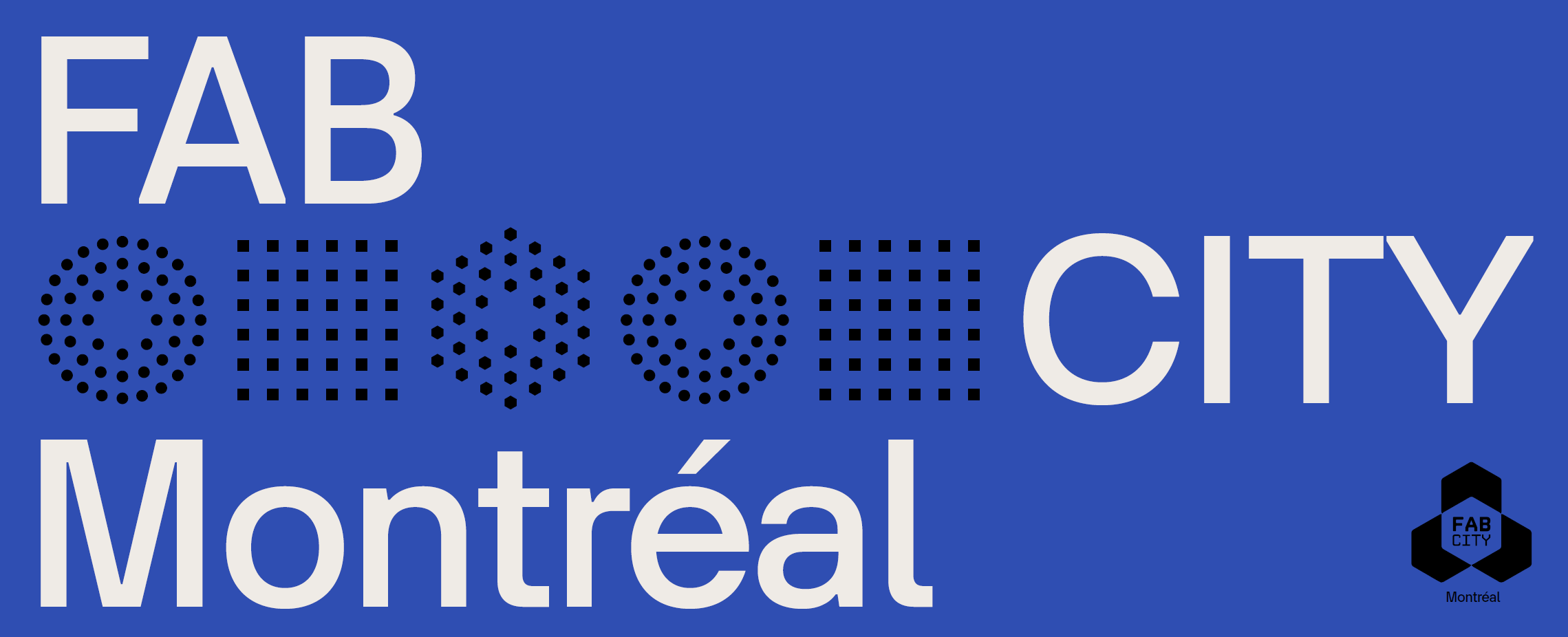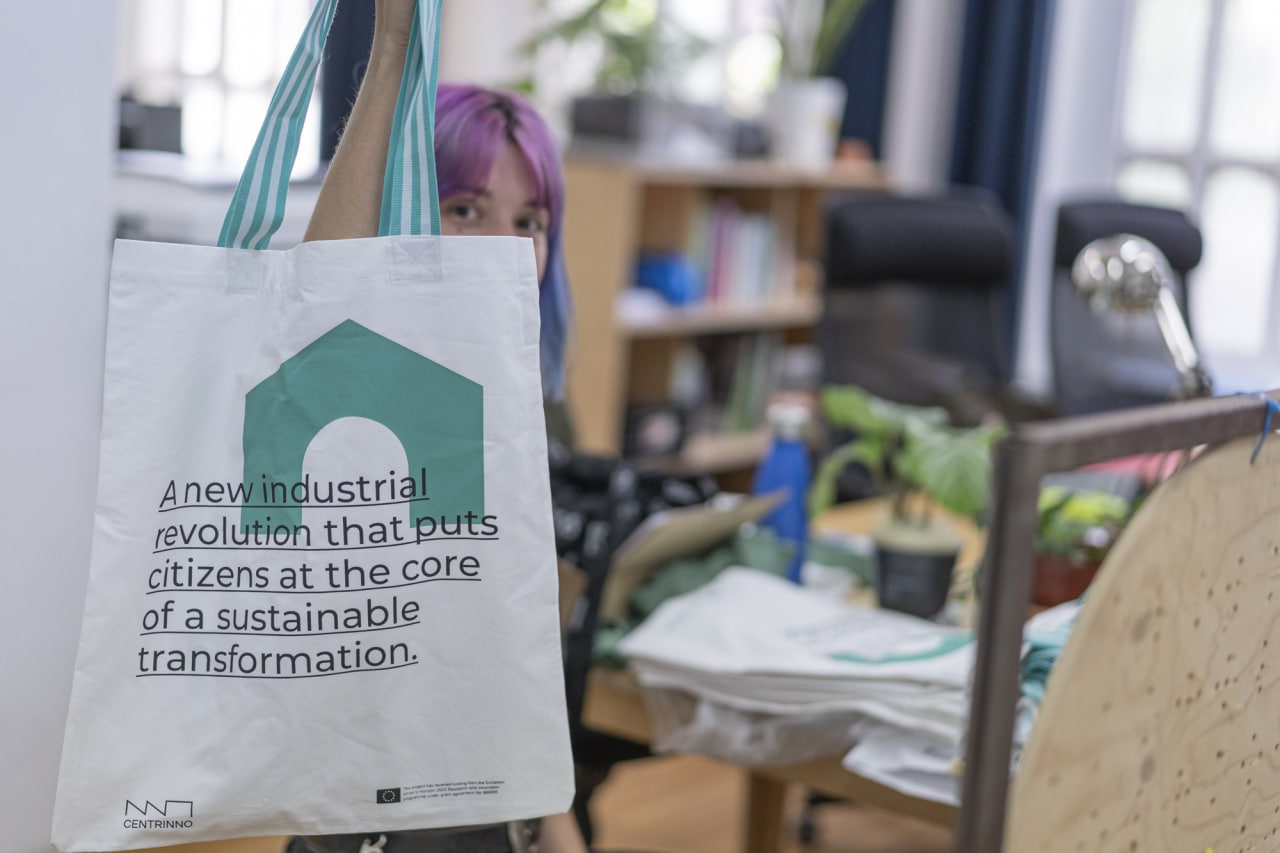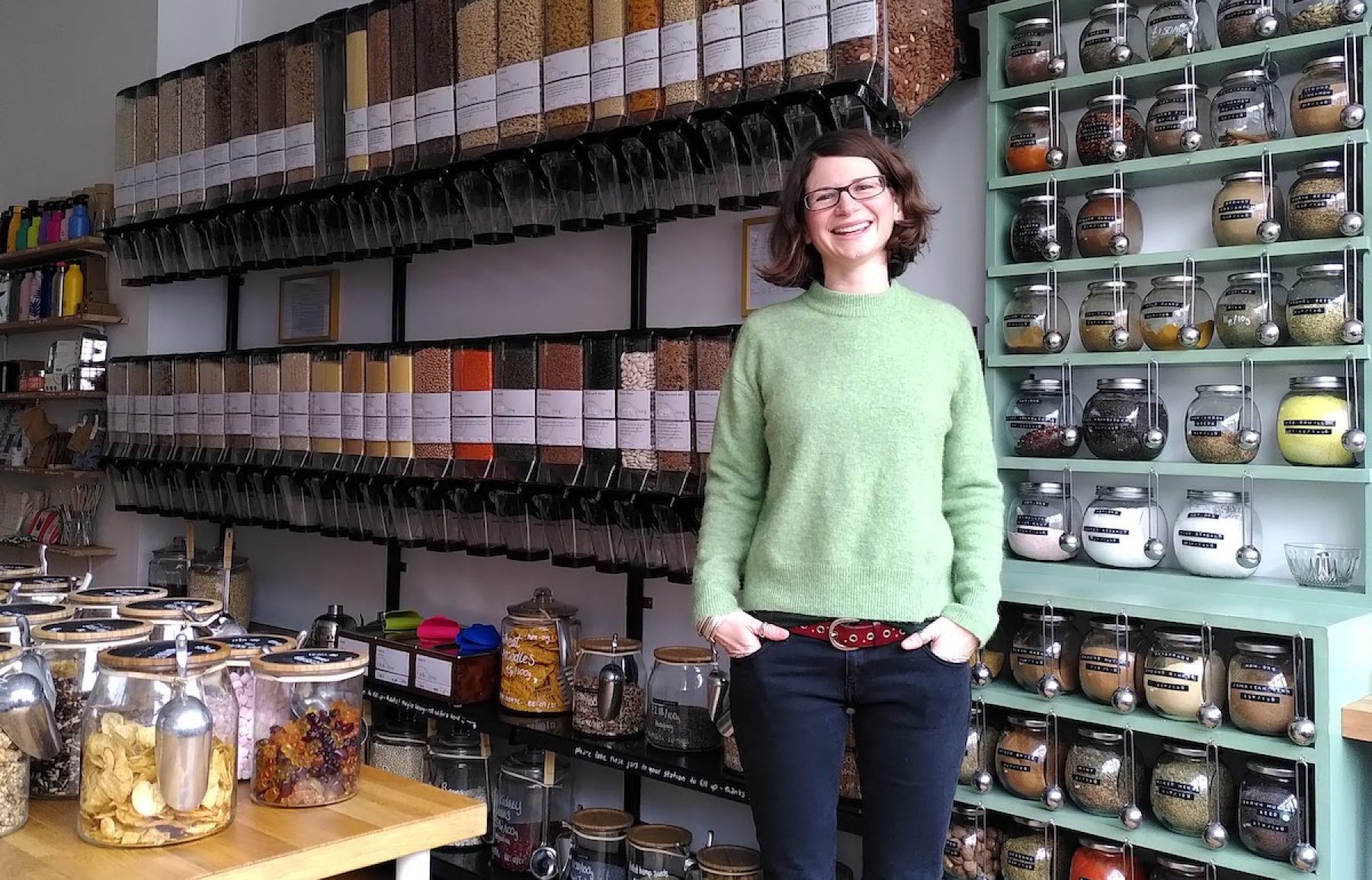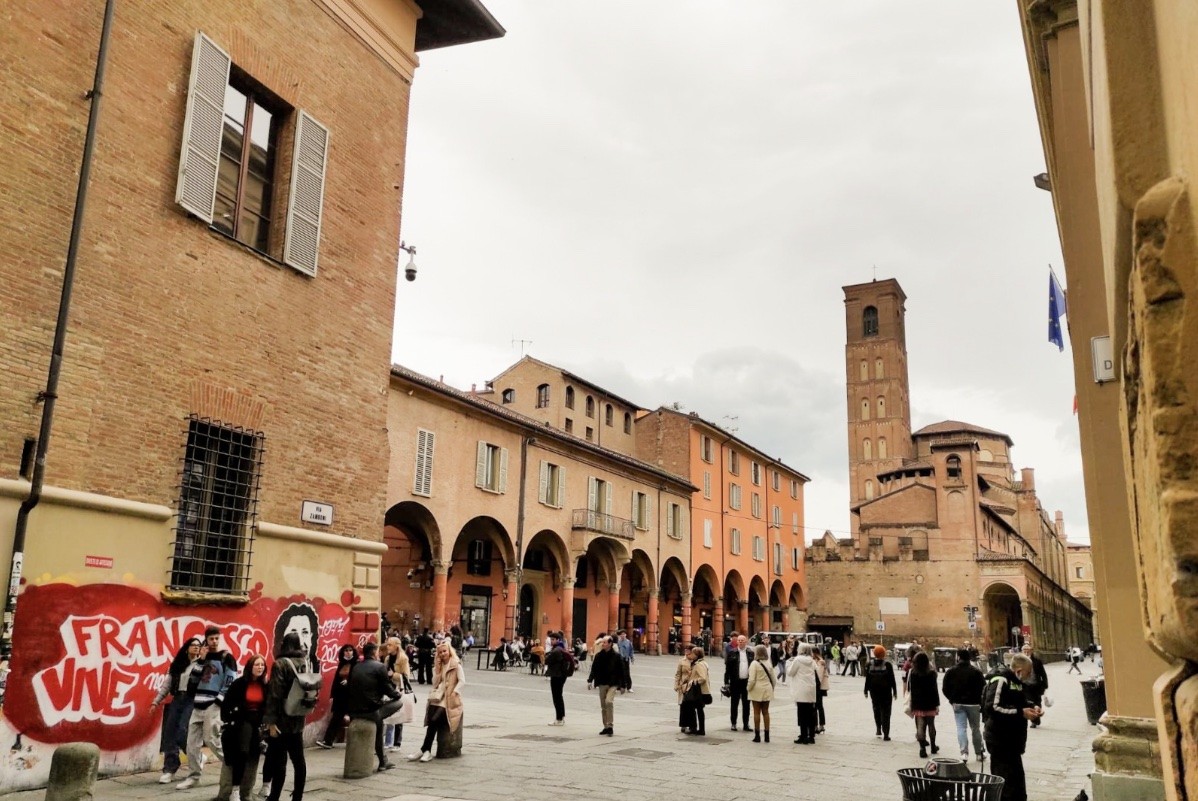News
An example of a circular community
Is it circular or “just” upcycling? Regardless, cool little project documented at Centrinno, where they focused on “the importance of creating synergies and relations with a network of micro and small organisations united by the will and interest in creating an urban and circular manufacturing.”
Refill shops
They are not new, but refill shops are growing in popularity. The UK for example, “now has hundreds of refill or zero-waste shops, helping people reduce packaging.” I’m posting this short article for a few reasons, first because it’s interesting to see how value-based commerce can often be better integrated into their neighbourhood while also including other good practices. Gather, whose founder is interviewed in the article, holds events to gather (pun intended) the community in her space but also built it up differently than other businesses.
Reflow Paris
Within REFLOW, six pilot cities tested diverse approaches to circularity in cities by focussing on the flow of resources in urban settings and on the “making” aspect to empower citizens and engage various governmental and industrial partners.
Bologna, Italy’s potential co-op valley
Excellent short introduction on the city of Bologna, Italy, and why its history lends itself very well to a culture of co-ops. Over the last few decades, it’s been in the habit of various instances there to have the city act as both a “top-down catalytic developer” and as “backers of bottom-up grassroots movements,” combining the two approaches and cultivating complementary initiatives, which results in stronger partnerships that strengthen the local ecosystem.
Videos
#Fabcitymontreal






